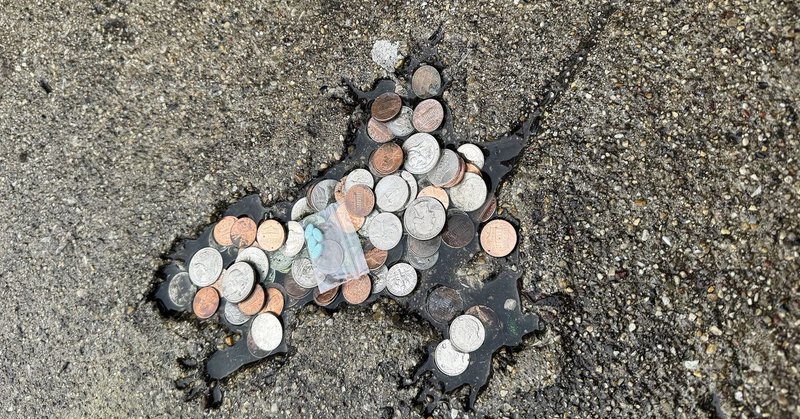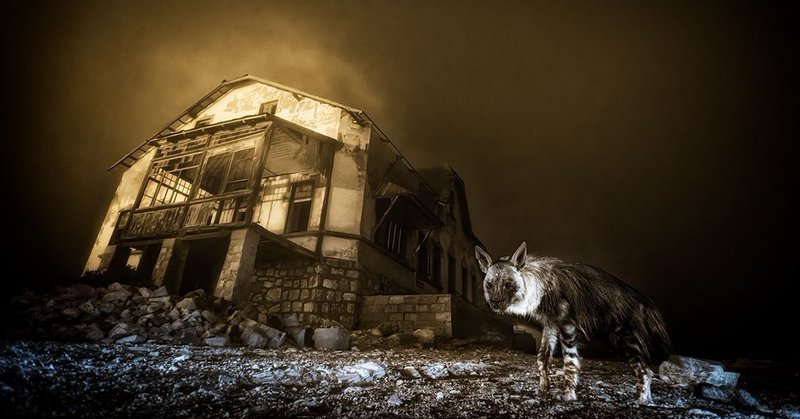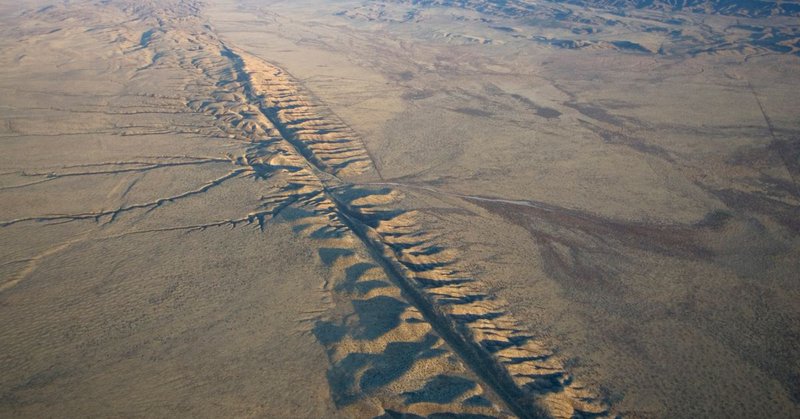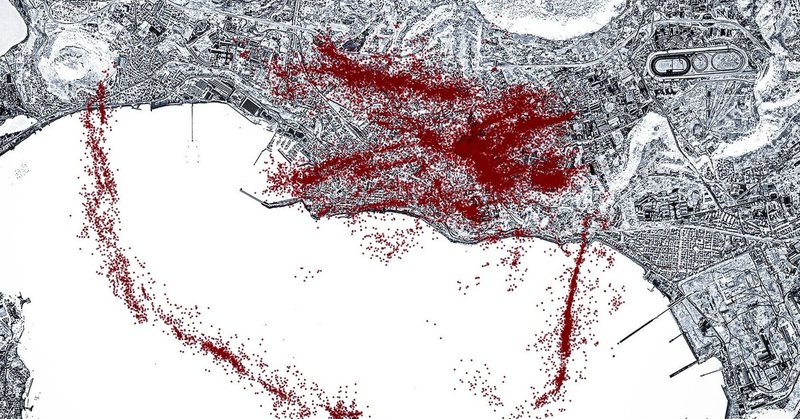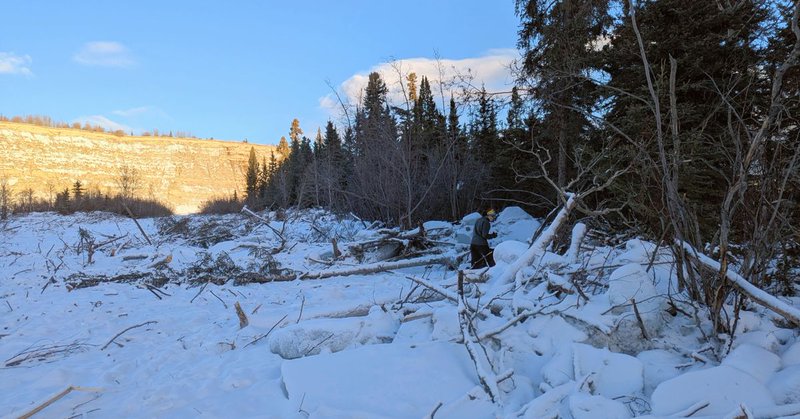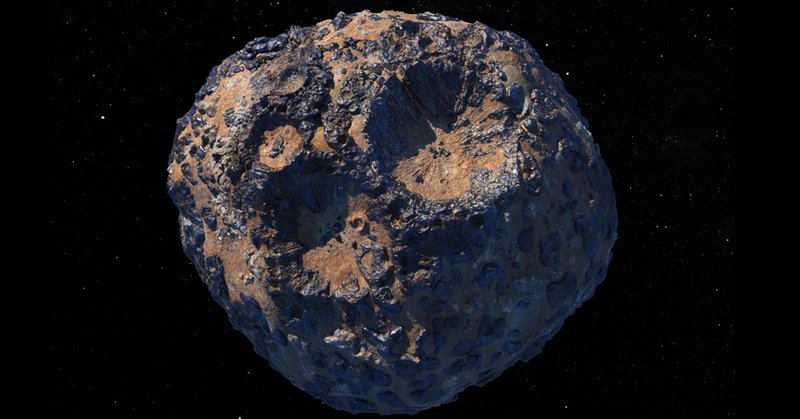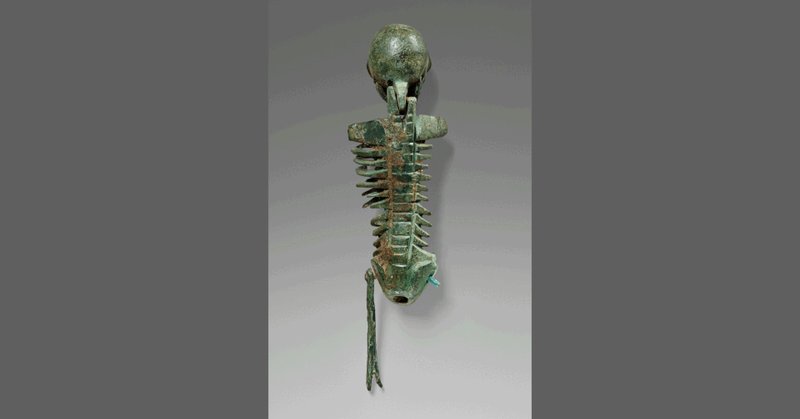
Live Science
@LiveScience
Followers
432K
Following
810
Media
39K
Statuses
108K
The latest science news, groundbreaking discoveries, and fascinating features from our expert journalists. Your journey of discovery begins at Live Science.
NYC
Joined July 2008
After researching the rodent indent, scientists are over 98% sure it came from a squirrel.
livescience.com
After researching the rodent indent, scientists are over 98% sure it came from a squirrel.
1
1
5
South African photographer Wim van den Heever has received this year's Wildlife Photographer of the Year award for his image of a brown hyena outside a ruined diamond mining town.
livescience.com
South African photographer Wim van den Heever has received this year's Wildlife Photographer of the Year award for his image of a brown hyena outside a ruined diamond mining town.
0
0
8
Extreme weather events have caused devastation in a number of U.S. regions this year. Here are some of the most harrowing photos of that damage.
livescience.com
Extreme weather events have caused devastation in a number of U.S. regions this year. Here are some of the most harrowing photos of that damage.
0
1
3
With help from citizen scientists, astronomers have found the most powerful and distant "odd radio circle" ever detected.
livescience.com
With help from citizen scientists, astronomers have found the most powerful and distant "odd radio circle" ever detected.
0
2
1
The South Atlantic Anomaly, a huge weak spot in the geomagnetic field off South America, has expanded and sprouted a lobe in the direction of Africa over the past decade.
livescience.com
The South Atlantic Anomaly, a huge weak spot in the geomagnetic field off South America, has expanded and sprouted a lobe in the direction of Africa over the past decade.
2
1
9
Being able to store hydrogen at 194 °F could dramatically change its use as an energy source.
livescience.com
Being able to store hydrogen at 194 °F could dramatically change its use as an energy source.
1
2
4
A 2025 satellite photo shows a particularly complex section of the Yarlung Zangbo River as it twists its way through the Tibetan Plateau. This part of the "braided" waterway has experienced drastic visual changes over recent decades, which could soon be accentuated by climate
0
1
3
Researchers have discovered giant DNA structures in oral bacteria, and data hint they could influence the function of your immune system.
livescience.com
Researchers have discovered giant DNA structures in oral bacteria, and data hint they could influence the function of your immune system.
0
2
5
Geological records hint that earthquakes at the Cascadia subduction zone might trigger the San Andreas Fault.
livescience.com
Geological records hint that earthquakes at the Cascadia subduction zone might trigger the San Andreas Fault.
0
3
8
A new AI tool reveals that Campi Flegrei experienced more than 54,000 earthquakes between 2022 and 2025. By mapping these events, researchers discovered a huge, crisp, ring-shaped fault.
livescience.com
A new AI tool reveals that Campi Flegrei experienced more than 54,000 earthquakes between 2022 and 2025. By mapping these events, researchers discovered a huge, crisp, ring-shaped fault.
0
5
9
A new study has proposed the existence of Planet Y, an alternative Planet Nine candidate that is smaller and closer to Earth than the hypothetical Planet X, which astronomers have been hunting for almost a decade. However, the evidence for this newly theorized world is "not
0
2
7
First spotted decades ago but largely forgotten, a newly named form of diabetes stems from undernutrition and is thought to affect millions.
livescience.com
First spotted decades ago but largely forgotten, a newly named form of diabetes stems from undernutrition and is thought to affect millions.
0
4
4
Three-quarters of the world's drought-prone areas are at risk of extreme water shortages — known as "day zero droughts" — this century, and some could be hit before 2030.
livescience.com
Three-quarters of the world's drought-prone areas are at risk of extreme water shortages — known as "day zero droughts" — this century, and some could be hit before 2030.
1
1
1
Researchers have identified a massive red supergiant on the brink of supernova in images from the James Webb Space Telescope, shedding light on a decades-old star mystery.
livescience.com
Researchers have identified a massive red supergiant on the brink of supernova in images from the James Webb Space Telescope, shedding light on a decades-old star mystery.
0
1
7
Chunks of river ice tore down trees after a landslide caused a tsunami in the Yukon in December.
livescience.com
Chunks of river ice tore down trees after a landslide caused a tsunami in the Yukon in December.
0
2
4
The metal-coated asteroid Psyche may have had eruptions of molten iron and nickel on its surface. This situation was more likely if the space rock is made of the same chemicals as metal-rich meteorites, a new study suggests.
livescience.com
The metal-coated asteroid Psyche may have had eruptions of molten iron and nickel on its surface. This situation was more likely if the space rock is made of the same chemicals as metal-rich meteor...
0
2
6
This spooky skeleton was likely made to remind Roman banqueters that life is short.
livescience.com
This spooky skeleton was likely made to remind Roman banqueters that life is short.
0
3
6
Researchers incubated permafrost samples from Alaska at different temperatures and found that microbes from the last ice age can reactivate and resume breaking down carbon.
livescience.com
Researchers incubated permafrost samples from Alaska at different temperatures and found that microbes from the last ice age can reactivate and resume breaking down carbon.
0
2
7
How would history have unfolded if Christopher Columbus had never reached the New World?
livescience.com
How would history have unfolded if Christopher Columbus had never reached the New World?
0
2
2
For the first time, physicists have simulated what objects moving near the speed of light would look like — an optical illusion called the Terrell-Penrose effect.
livescience.com
For the first time, physicists have simulated what objects moving near the speed of light would look like — an optical illusion called the Terrell-Penrose effect.
0
3
6

